Evolving Retail Landscape
The retail landscape is evolving, and this transformation is significantly impacting the Lactose-Free Dairy Products Market. The rise of e-commerce and specialty health food stores has made lactose-free products more accessible to consumers. Online platforms are increasingly offering a wide range of lactose-free options, allowing consumers to explore and purchase products that may not be available in traditional grocery stores. Additionally, retailers are expanding their product offerings to include lactose-free items, recognizing the growing consumer demand. This shift in retail strategy is likely to enhance the visibility and availability of lactose-free products, further driving sales in the Lactose-Free Dairy Products Market. As more consumers turn to online shopping and specialty stores, the market is expected to experience sustained growth, reflecting changing shopping habits and preferences.
Diverse Product Innovations
Innovation within the Lactose-Free Dairy Products Market is a crucial driver of growth. Manufacturers are continuously developing new and improved lactose-free products to attract a wider consumer base. This includes the introduction of lactose-free cheeses, yogurts, and ice creams, which were previously limited in variety. The market is also seeing advancements in flavor profiles and textures, making lactose-free options more appealing to consumers who may have been hesitant to try them. According to recent market analysis, the lactose-free yogurt segment alone is projected to grow by over 10% annually, reflecting the success of these innovations. As companies invest in research and development, the Lactose-Free Dairy Products Market is likely to expand, offering consumers a broader range of choices that cater to diverse tastes and dietary needs.
Health-Conscious Consumer Trends
The shift towards health-conscious eating habits is significantly influencing the Lactose-Free Dairy Products Market. Consumers are increasingly prioritizing their health and wellness, leading to a preference for products that align with these values. Lactose-free dairy products are perceived as healthier alternatives, particularly for those who experience digestive discomfort from traditional dairy. Market data indicates that the lactose-free segment is expected to grow at a compound annual growth rate (CAGR) of around 8% over the next five years. This growth is driven by the increasing incorporation of lactose-free options in diets, as consumers seek to avoid potential health issues associated with lactose consumption. As a result, the Lactose-Free Dairy Products Market is witnessing a surge in product innovation, with brands introducing fortified and organic lactose-free options to meet the evolving demands of health-conscious consumers.
Increasing Lactose Intolerance Awareness
The rising awareness of lactose intolerance among consumers is a pivotal driver for the Lactose-Free Dairy Products Market. As more individuals recognize their sensitivity to lactose, the demand for lactose-free alternatives has surged. Reports indicate that approximately 65% of the adult population experiences some degree of lactose malabsorption, which propels the need for lactose-free dairy options. This growing awareness is not limited to adults; children are also increasingly diagnosed with lactose intolerance, further expanding the market. Consequently, manufacturers are responding by diversifying their product lines to include lactose-free milk, cheese, and yogurt, thereby catering to a broader audience. This trend suggests that the Lactose-Free Dairy Products Market is likely to continue its upward trajectory as consumer education and awareness campaigns proliferate.
Rising Demand for Plant-Based Alternatives
The increasing popularity of plant-based diets is influencing the Lactose-Free Dairy Products Market in notable ways. As consumers seek alternatives to traditional dairy, lactose-free products are often viewed as a bridge for those transitioning to plant-based lifestyles. This trend is particularly evident among younger demographics, who are more inclined to explore lactose-free options that align with their dietary preferences. Market Research Future suggests that the lactose-free segment is benefiting from this shift, as it provides a solution for those who are lactose intolerant yet still desire dairy-like products. The Lactose-Free Dairy Products Market is thus positioned to capitalize on this trend, with manufacturers exploring innovative ways to blend lactose-free dairy with plant-based ingredients, creating hybrid products that appeal to a broader audience.
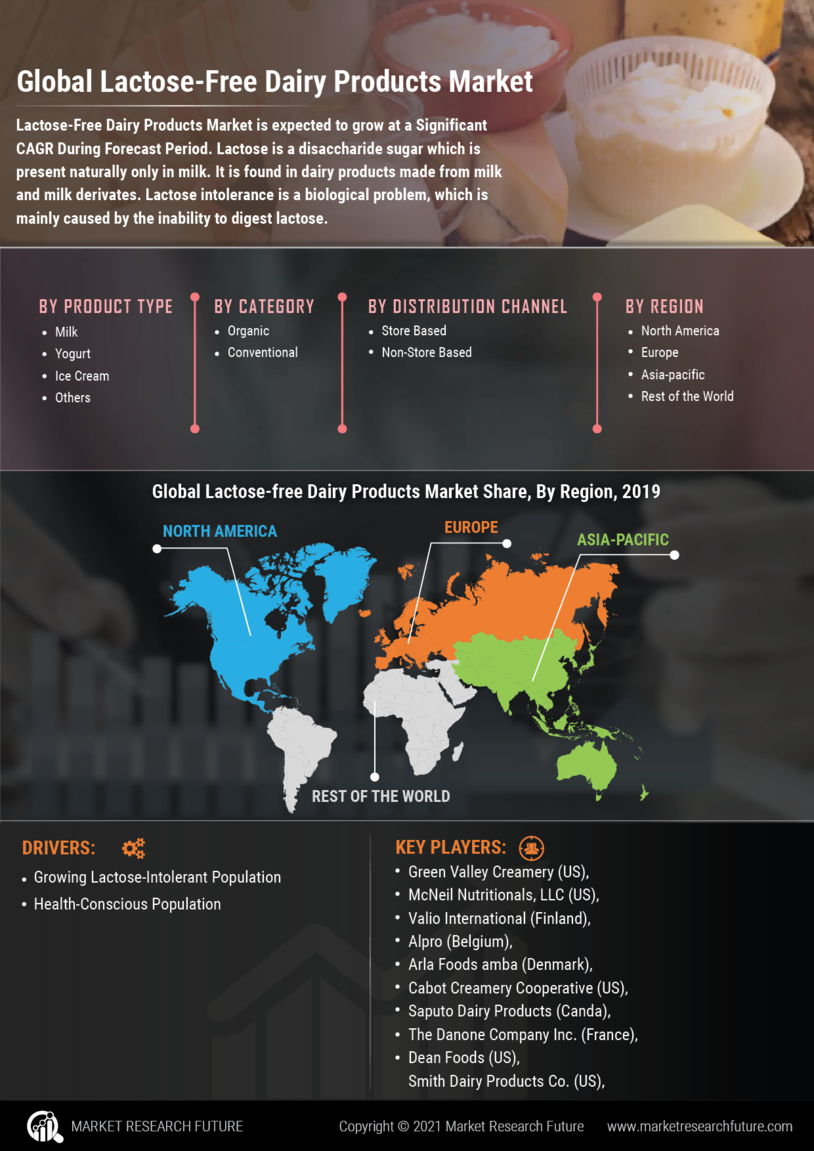


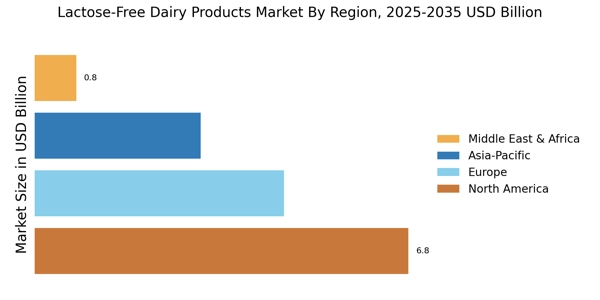

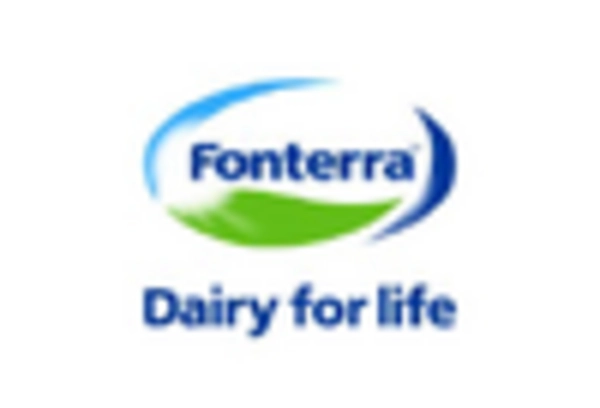
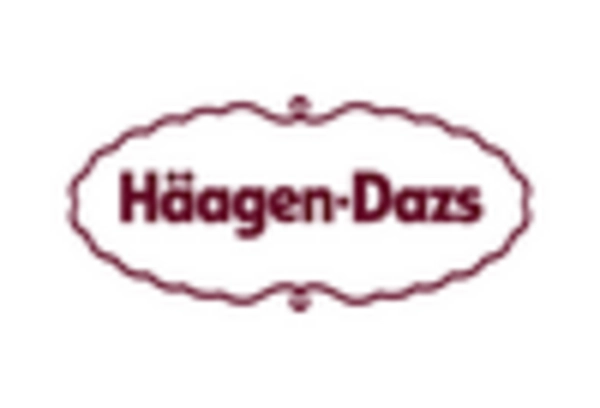

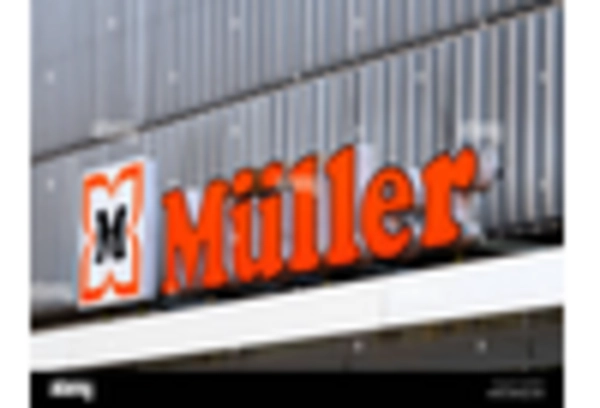









Leave a Comment